This is one of the most popular sites in Vilnius, and for good reason. The Grand Duke of Lithuania, Gedeminas first built this “castle” as a wooden fortifications. In 1409, the Grand Duke Vytautas completed the brick structure, which only remains and a tower still stand today. The tower is a museum exhibiting archaeological finds of Lithuania's past. It's worth the climb, up the hill and tower, for spectacular views of old and new Vilnius.
This late Gothic masterpiece's historical roots remain a mystery even to this day. Rumor had it that Napoleon Bonaparte admired the church and wanted to take it back to France in the palm of his hand. Soon, the French cavalry forces took over the church without much damage. In fact, the church hasn't changed in it's 500 year history. Look closely at the facade to discover "A" and "M" inscribed on the exterior, standing for Ave Maria or Latin Ana Mater Maria.
Considered the oldest in Eastern Europe, Vilnius University was founded in 1568. Today, visitors gaze at the 16th Century facades from the central part of campus. Schedule a tour of the library that dates to 1570; the oldest and one of the largest libraries in Lithuania. Founded by the Jesuits, the library is technically nine years older than the university which opened its doors in 1579.
This area once contained many bookstores and antique shops (Literatu, meaning “writers” or “authors”) in the 19th Century, but today are the artistic remains of ceramic, wooden and metal plaques of famous Lithuanian writers. The idea originated in 2008, but showcases some of the best writers and poets in history such as: Sigitas Geda, Kazys Binkis, Romain Gary, Vytautas Kernagis, Janina Degutyte, Jonas Mekas, Jurga Ivanauskaite, Antanas Skema, Paulius Sirvys, and Vincas Mykolaitis – Putinas.
In 1941, the Gestapo overtook this once gymnasium and transformed the building into their headquarters during the Nazi occupation. Later the Soviet Secret Police (KGB), controlled the building after the Nazis left and used this headquarter until 1991. This two-part museum showcases remnants and historical timelines of the Lithuanian's resistance against the soviets as well as cells, offices, prisons and the torture chambers. It's definitely one of the best museums in the city.
Built on the northern banks of the Neris River, this Soviet-prized piece of architecture demonstrates the power, authority and "grand-standing" ideas of what communism looked like in the Baltic states. The original plot contained Žalgiris stadium, which was the largest stadium in Lithuania, built by German POW's in 1948. The Palace closed its doors in 2004 as authorities deemed the building unsafe.
Located nearby the historic Pilies Street, Gabi is where history, culture and good food unite. Established in 1994, the interior boasts a medieval charm, walls decorated with old keys, and tables set with wrought iron chairs. Once an old artisan's cottage is now one of the best places to experience a traditional Lithuanian meal. On a sunny day, sit in the back alley and admire the birds and the bees flying around the flower pots, or stay cool inside the exposed brick wall eating area - the choice is yours!
Pilies Street is one of the oldest and most popular streets in Old Town Vilnius. Chocked full of artisans, cafes, restaurants and souvenir shops, Pilies, meaning castle, has historical markings dating back to the 16th Century where the King's carriage and other papal legates traveled this street. In the past notable professors, noblemen and the wealthy once resided here. Pilies Street retains the old-world charm and architectural facades of ancient Vilnius.
The majestic early-Baroque cathedral isn't an ordinary church. It contains a variety of sculptures, valuable paintings, tombstones and even an underground area depicting Christ's crucifixion. During communist times, the cathedral closed, with its valuables stolen and rooftop sculptures of the saints were knocked down and blown up. The 57-meter tall bell tower is the city's oldest defense tower dating to the 16th and 18th Centuries created by Dutch and German masters. Nearby the bell tower are some "magical" tiles. Legend has it that if you stand on top, make a wish, spin around three times while staying on the tile, your wish will come true.
Gate of Dawn
The city gate is one of the most important historical sites in the city. Built between 1503 and 1522 as part of a defense fortification, contains religious symbols to bless travelers and protect the city from intruders. One of the most important symbols is the Blessed Virgin Mary Mother of Mercy.
What's your favorite historical site in Vilnius?
This Lemon Tree article is now featured on GPSmyCity. To download this article for offline reading or travel directions to the attractions highlighted in this article, go to 10 Best Historical Sites to Visit in Vilnius, Lithuania

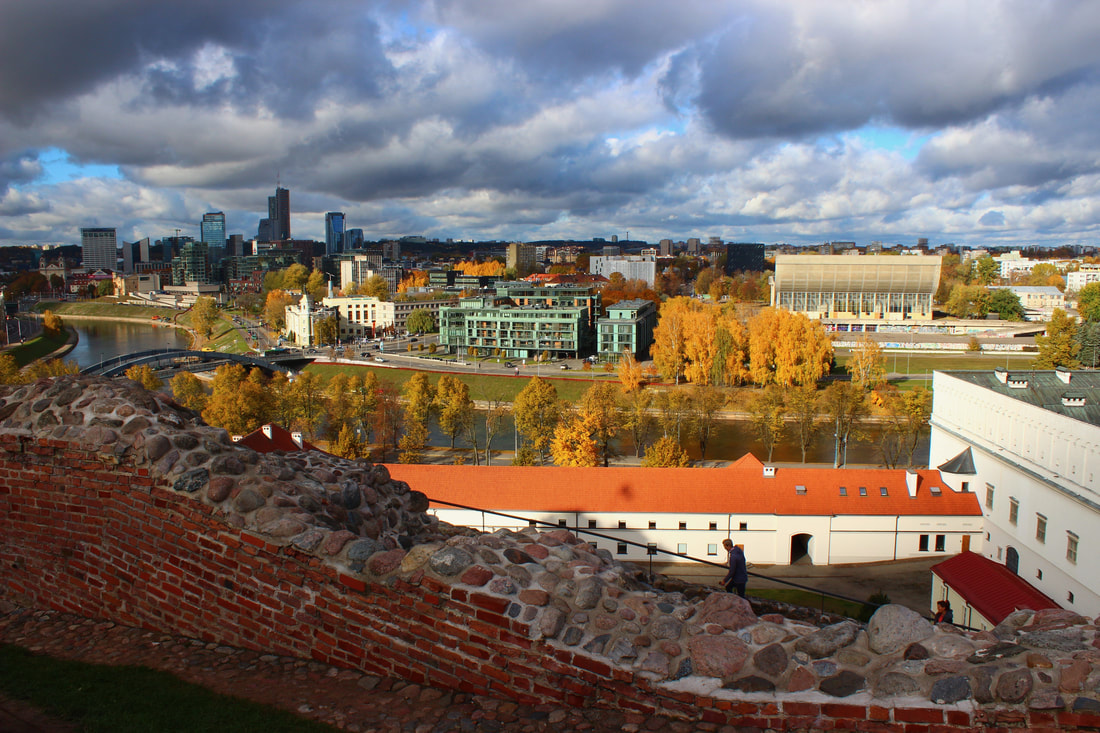
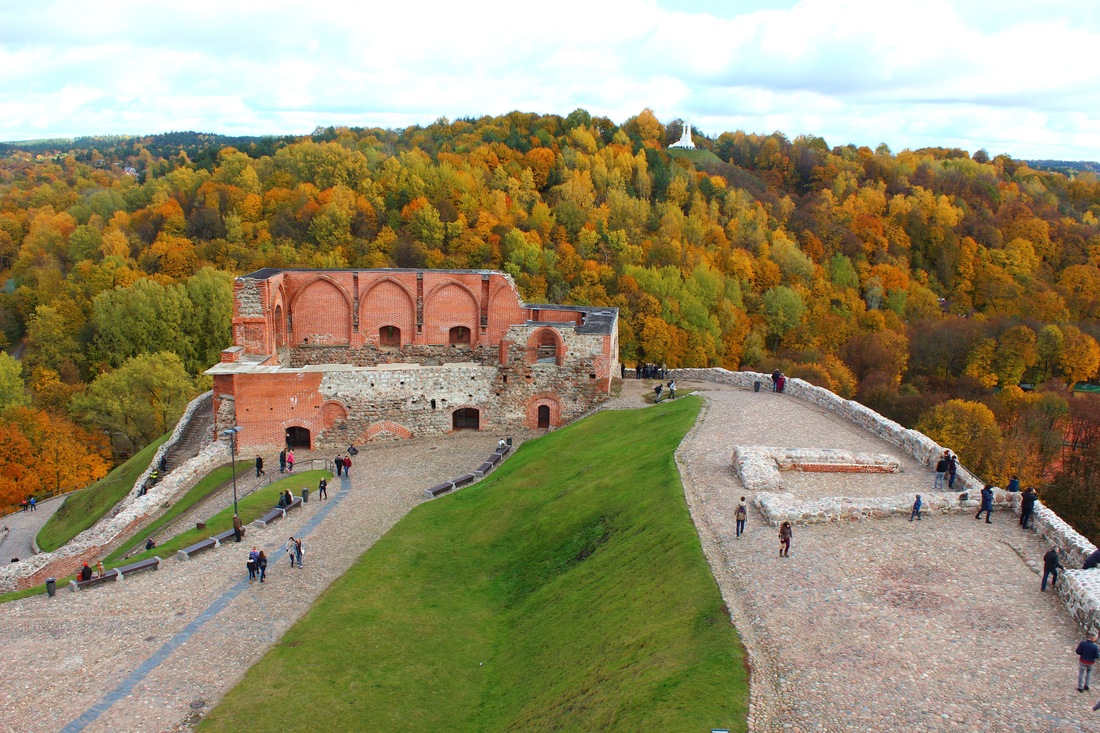
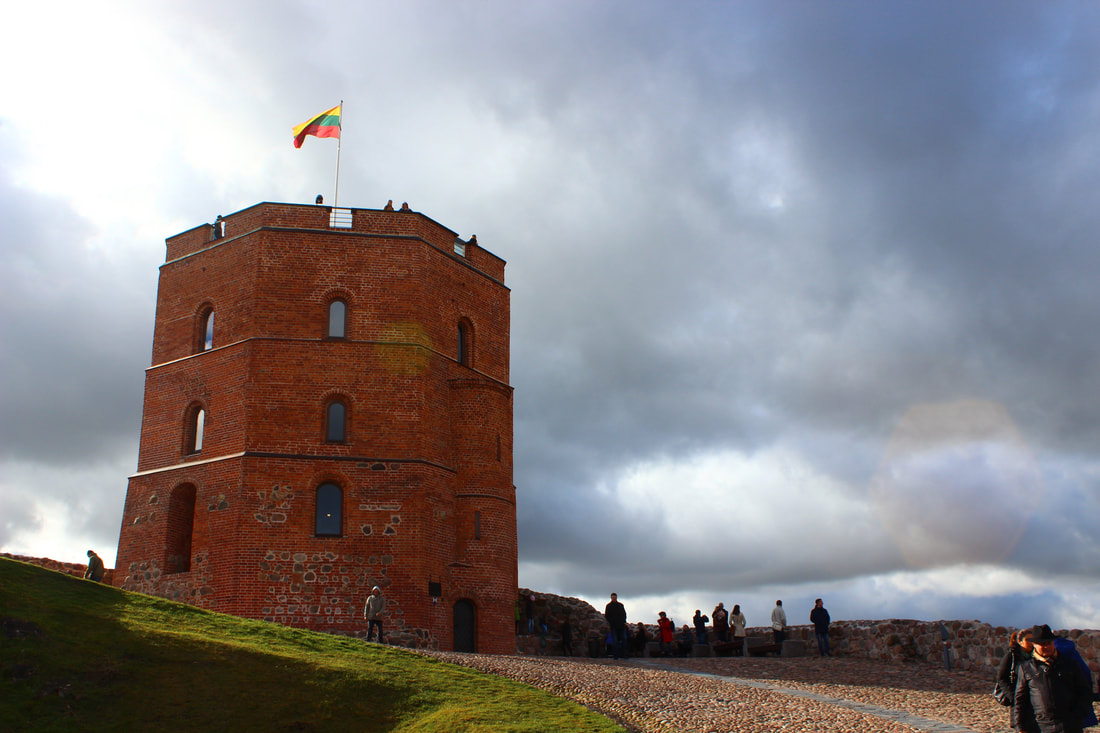
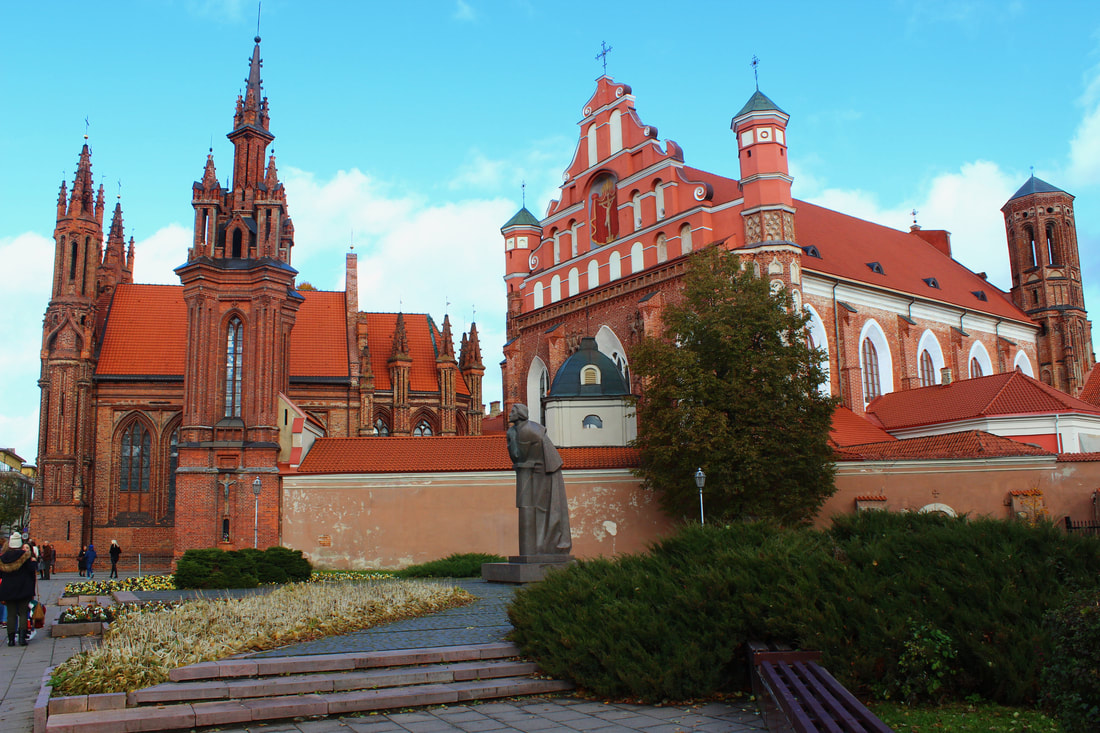
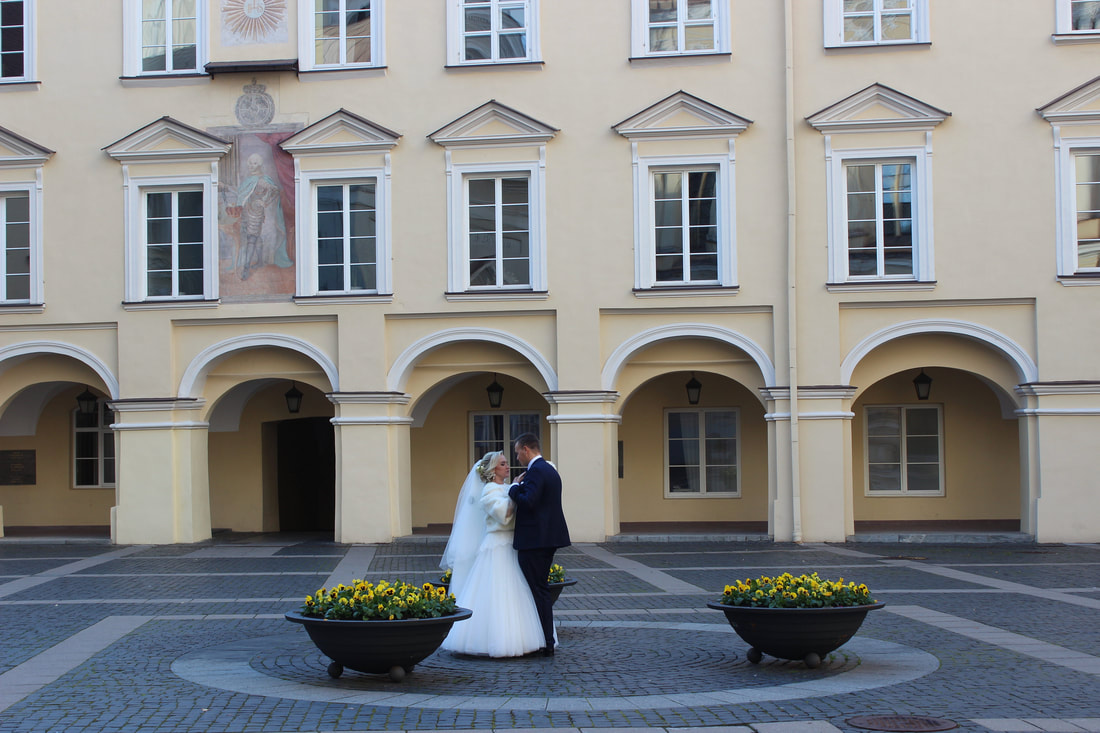
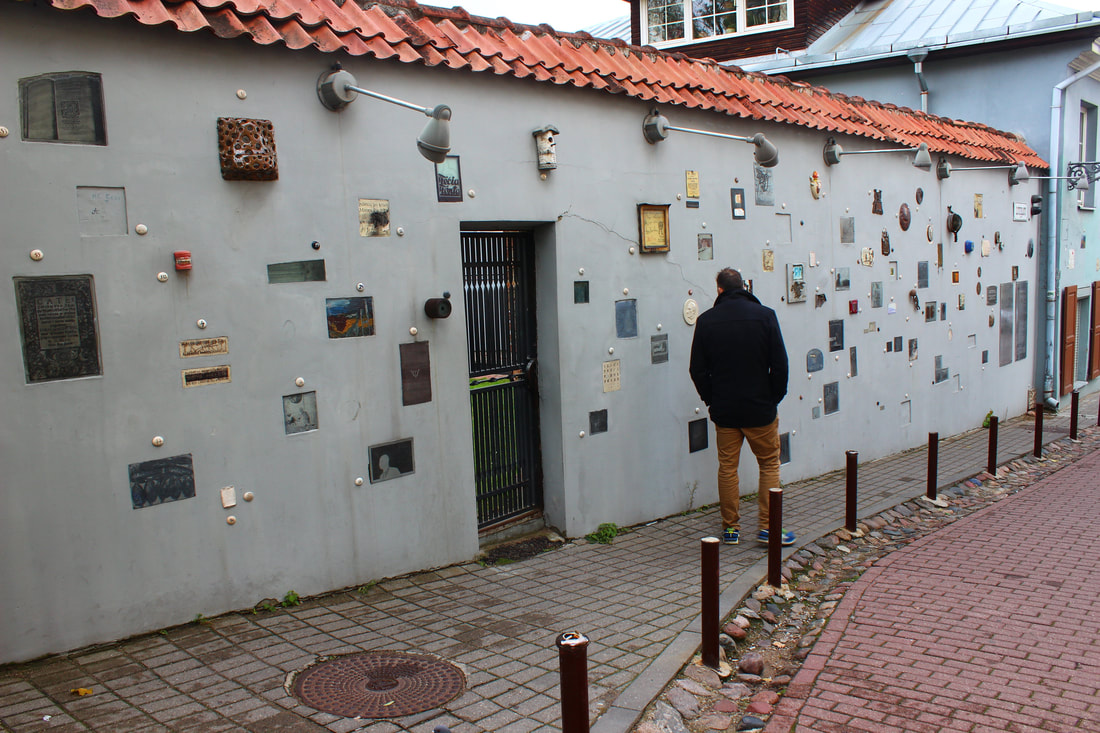
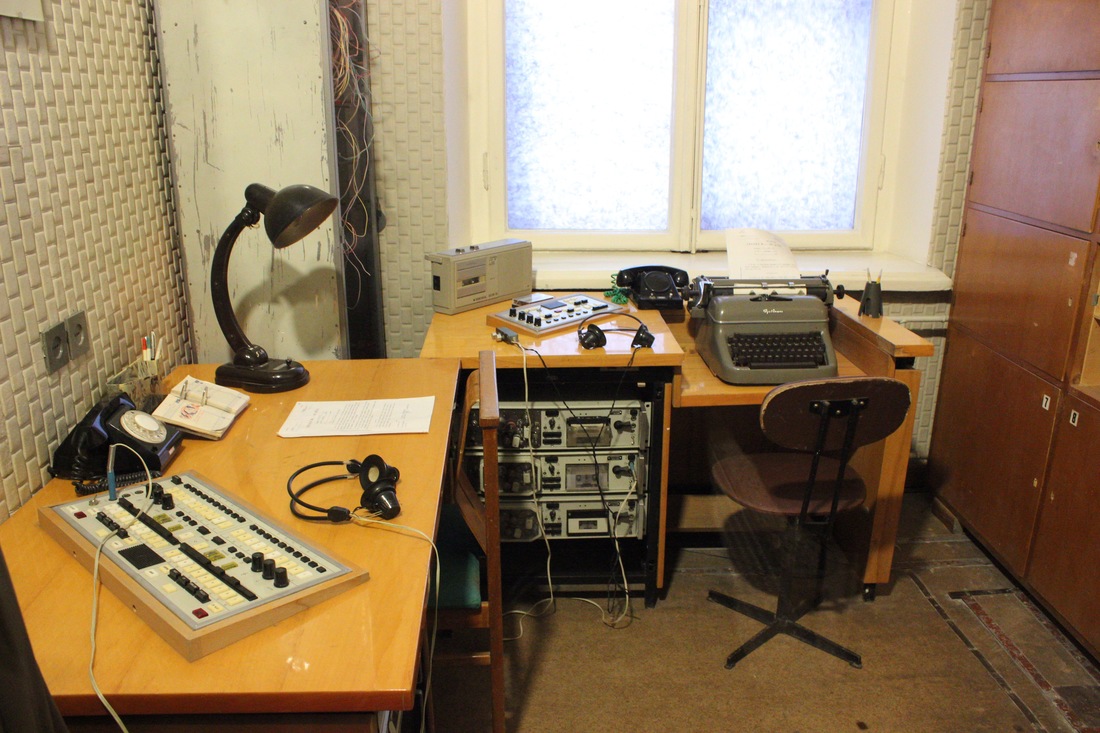
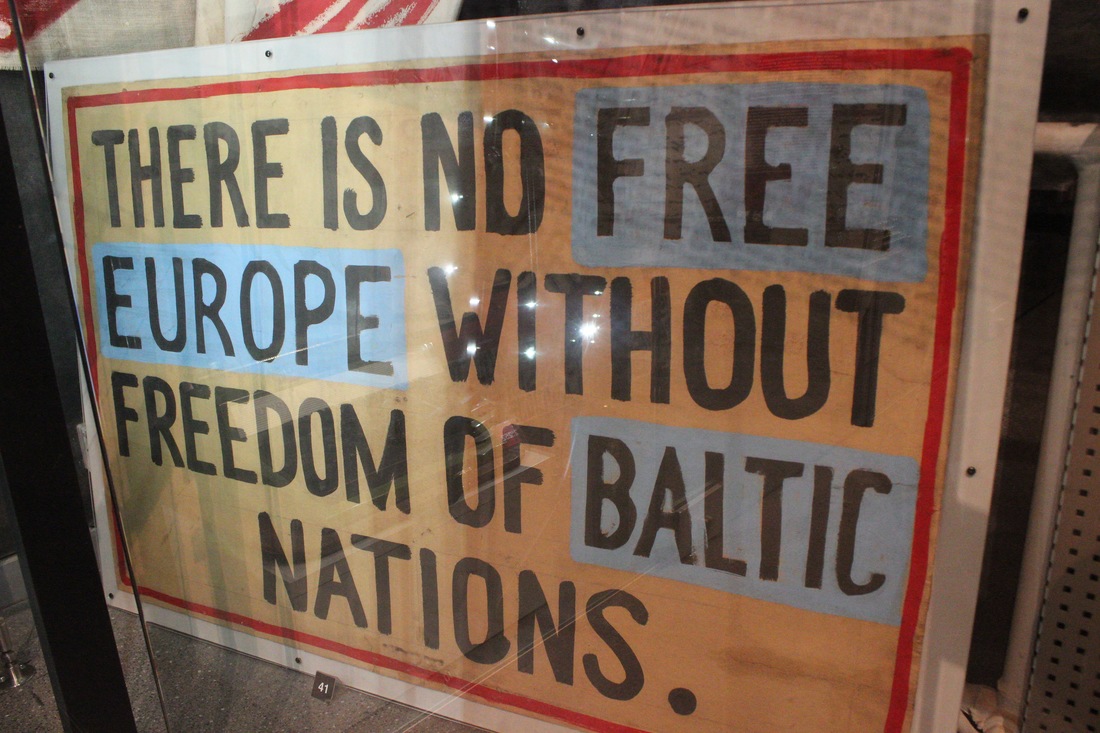
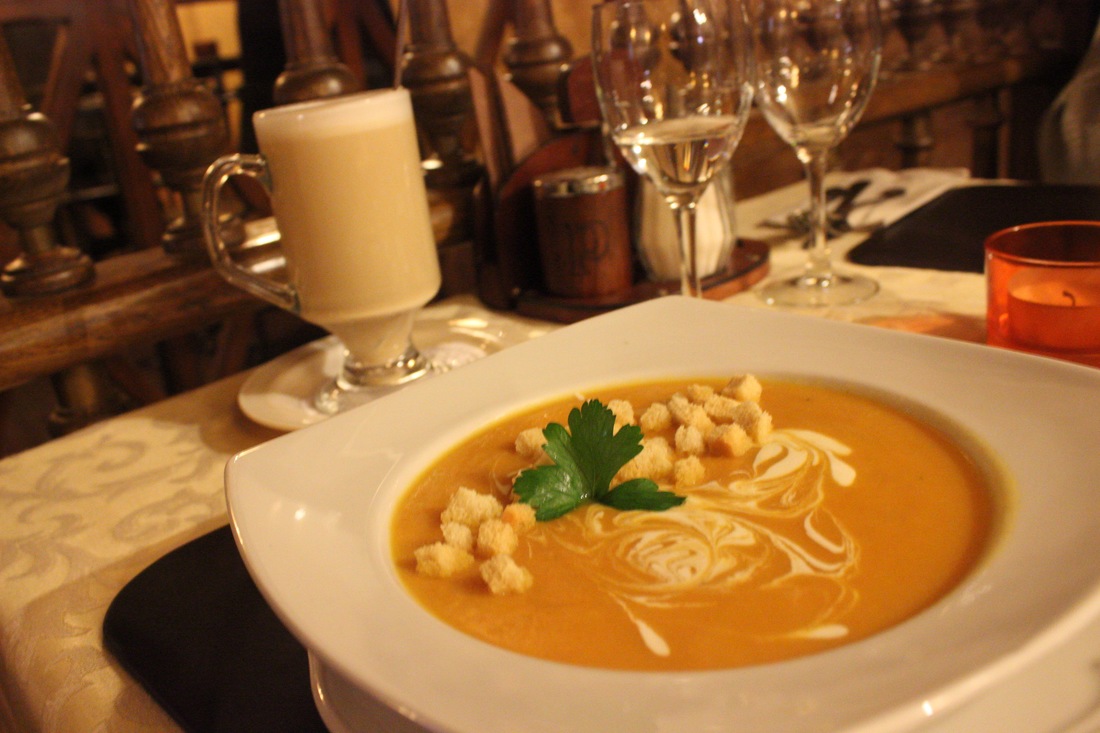
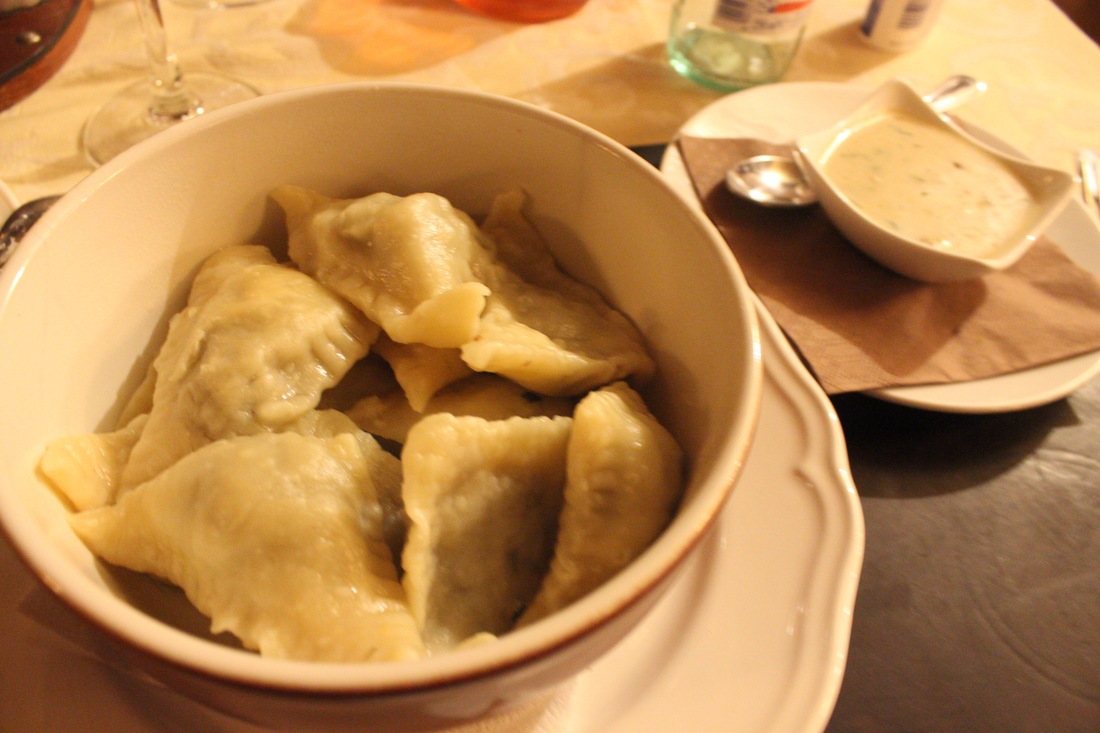
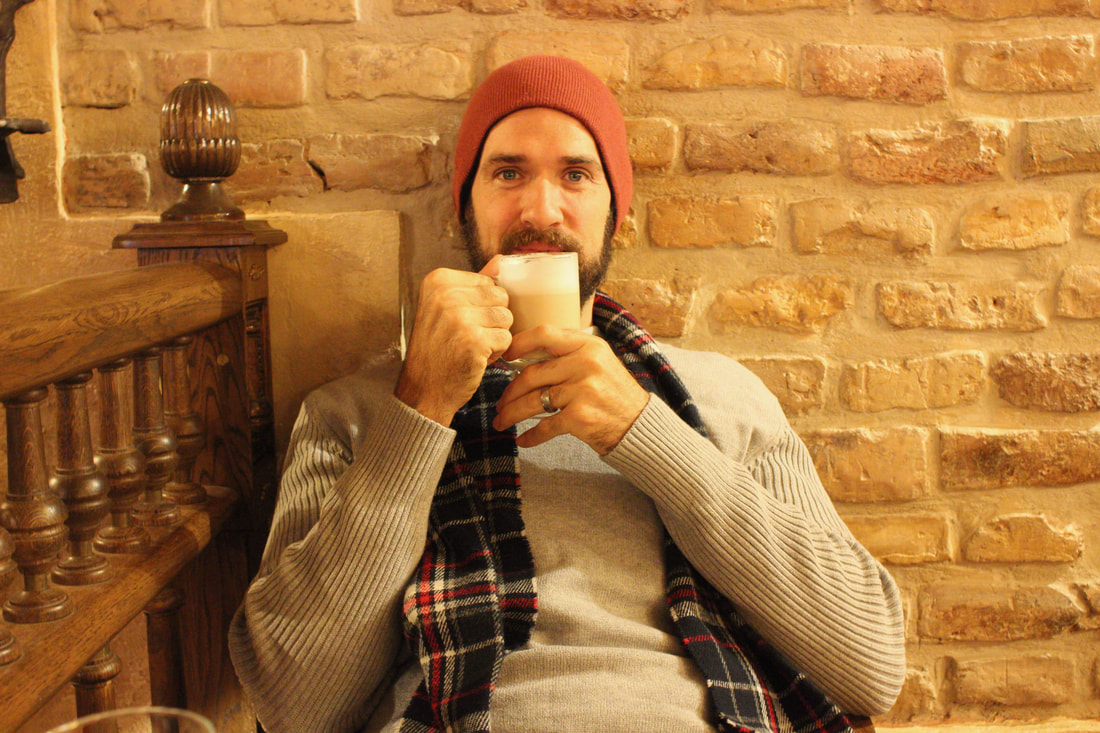
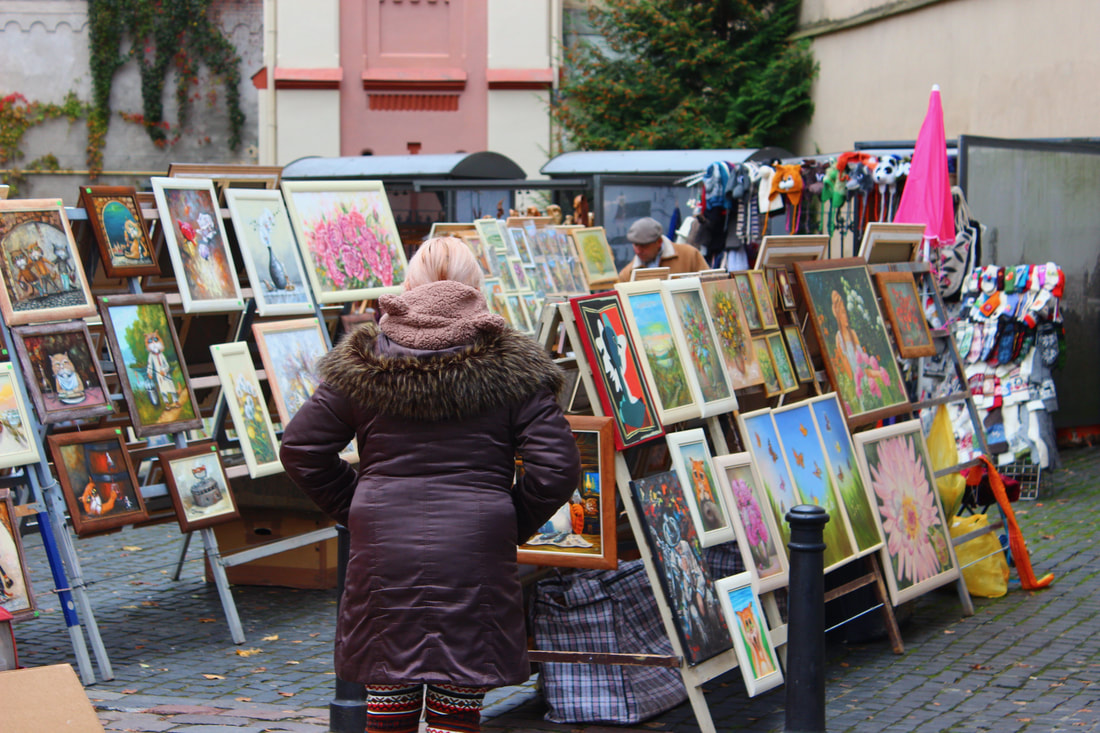
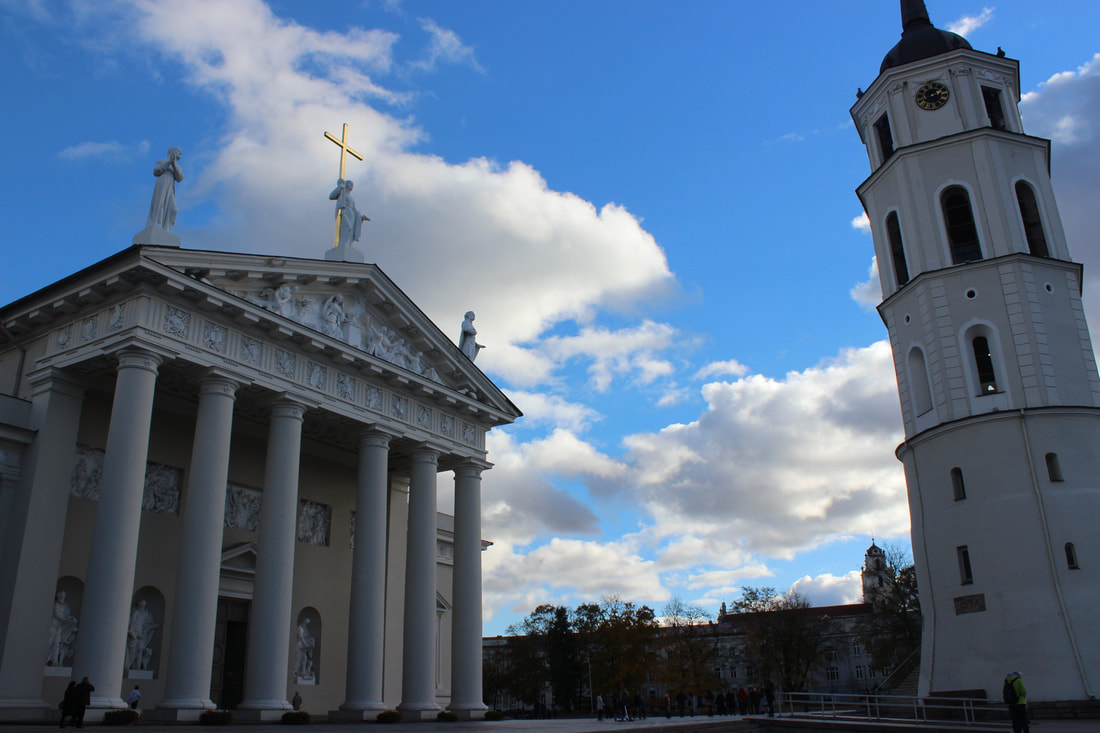


 RSS Feed
RSS Feed